A highlight of the lacklustre 2001 general election campaign was the “Prescott punch”. John Prescott, Labour’s Deputy Prime Minister was incensed by a protester who hit him with an egg. He lashed out at the egg-thrower and the police had to separate the two men. The incident was caught on camera and dominated the news. A mortified Prescott thought that he would have to resign. Tony Blair played the matter down, stating: “John is John”.
Prescott was the keeper of the cloth cap in Tony Blair’s Labour government, perhaps the last overtly working class Labour politician to hold high ministerial office. With his prolier than thou attitude and forceful statement of traditional Labour values, he could touch the hearts of trade union and Labour activists more than any other party figure. At the 1993 Party Conference the leader, John Smith, was advocating one member one vote in elections for parliamentary candidates and the party leader. The result was in doubt and Smith’s authority, if not his leadership, was on the line. Prescott, in a passionate, meandering even incoherent speech, roused the enthusiasm of the audience and helped to win the vote.
Transcribing what Prescott was trying to say in the Commons was a test often set for applicants for a job writing Hansard. The torrent of words, often shouted and spoken rapidly, and the syntax were a delight for the sketch writers. Matthew Parris in The Times wrote of an oration in Brighton: “John Prescott went 12 rounds with the English language and left it slumped and bleeding over the ropes” He found the coverage hurtful and may have suffered from a form of verbal dyslexia.

John Prescott was born in Prestatyn, a North Wales seaside town, in 1938. The family moved to Rotherham when he was five, and five years later to Chester. His parents were Labour activists; his father was a railwayman and a Labour councillor. Of the three Prescott children, only John did not pass the 11 plus for a grammar school. The failure left a scar. He left his local secondary modern school in Ellesmere Port at the age of 15, worked in the hotel trade and at the age of 17 became a merchant seaman with Cunard Lines. Employers and his union regarded him as a troublemaker and he was thrown off ship a number of times.
Prescott’s suspicion of authority, reinforced by his sense of social inferiority because of academic failure, made him a life-long member of the awkward squad. Politically he was on Labour’s left and regarded as a militant in the right wing National Union of Seamen. In 1963, however, he channelled his energies into study at Ruskin College, at Oxford. He was already married and a father. In later life he frequently expressed his gratitude to Ruskin for the opportunities it gave him.
In 1956, he went to Hull University to read Economics. His continuing involvement in union activities (he crossed Harold Wilson in 1966 with his support for the seamen’s strike) and Labour politics (he fought the safe Conservative seat of Southport in 1966) were at the cost of his studies. In 1968 he scraped a third class degree – written examinations were not his forte. Tutors recall that when he attended – party and union activities permitting – he was articulate, opinionated, scornful of different views and a strong personality: he was recognisably the man who was Deputy Prime Minister 40 years later.
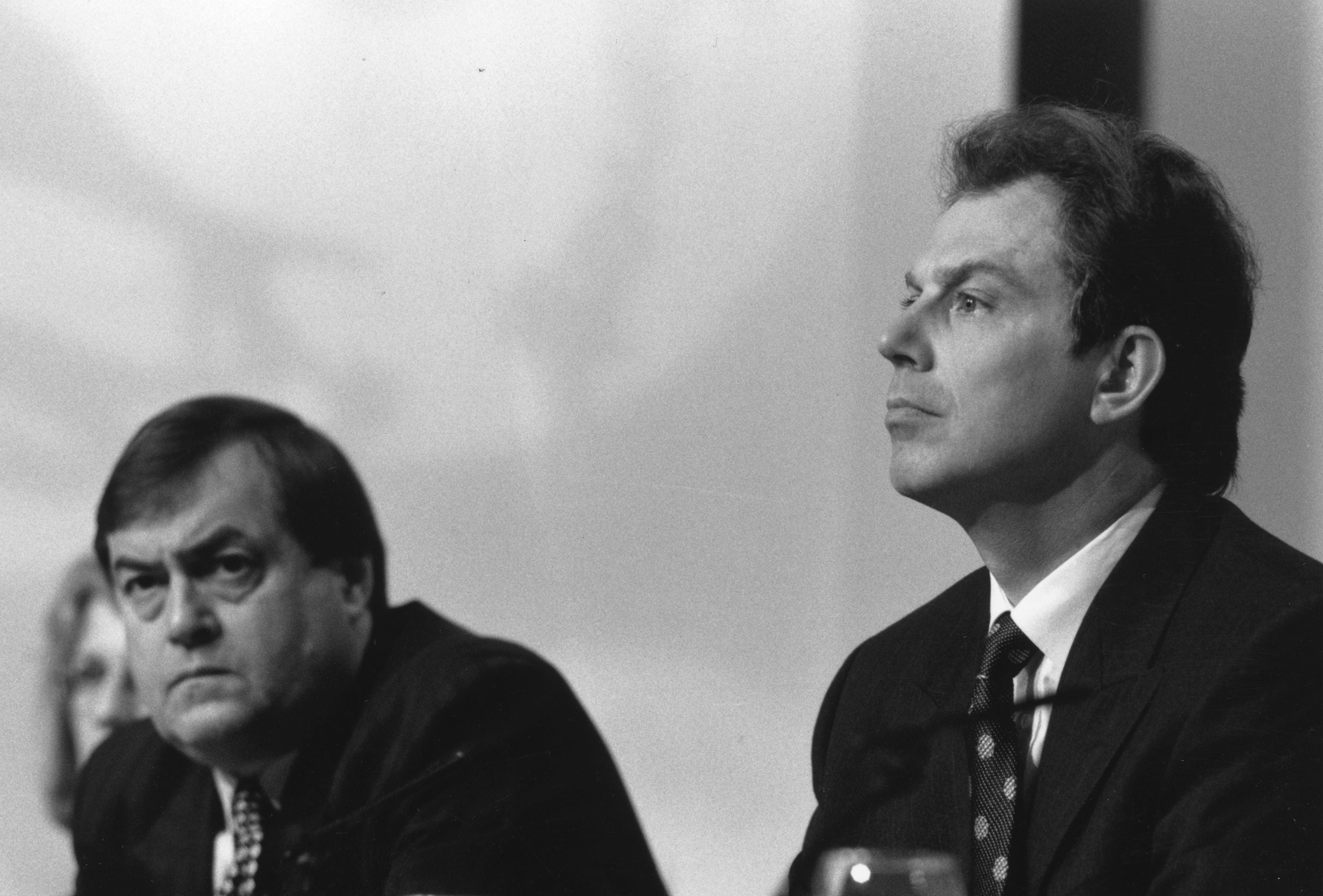
The NUS had a strong foothold in the safe Labour seat of Hull East and in November 1968 Prescott, aged 30, was selected as the Labour candidate. He easily won the seat in the 1970 general election and held it for the next 40 years. He finally stepped down in 2010..
In parliament he was a member of the Tribune group, supported many left-wing causes, opposed British membership of the European Community, and voted for Tony Benn in the leadership contest in 1976. Able, well informed, and hard working, Prescott was an irritant not only to the Conservatives but his own leadership. For some 20 years he shared a union subsidised flat in London with the Labour firebrand Dennis Skinner. Yet in 1979 James Callaghan, the Labour prime pinister, offered to nominate him to a lucrative post as a British member of the European Commission. Prescott, unwilling to give up his seat in the Commons, declined.
Prescott came into his own during his party’s long period in opposition during the 1980s and 1990s. The temperament, the physique and utterances were all of a piece. Quick to take offence, his short and burly physique and his bushy eyebrows and bulging eyes made him a formidable sight when he was animated. His belligerence created headlines when Callaghan, shortly before the 1987 general election campaign, expressed support for keeping the Trident submarine, contradicting party policy and Prescott assailed him in the Commons. The press eagerly reported this as the “tea room row”.
In 1983 Prescott was elected to the shadow cabinet and the new party leader, Neil Kinnock, made him shadow spokesman on transport and a year later moved him to employment. His relations with the leader were often difficult.
Kinnock thought him less than supportive over the NUM strike in 1985 and suspected that Prescott was playing to the gallery of party activists and preparing a bid for the leadership. Relations worsened in 1988 when Prescott decided to challenge the incumbent Roy Hattersley (another Hull University graduate) for the post of deputy leader. He lost.
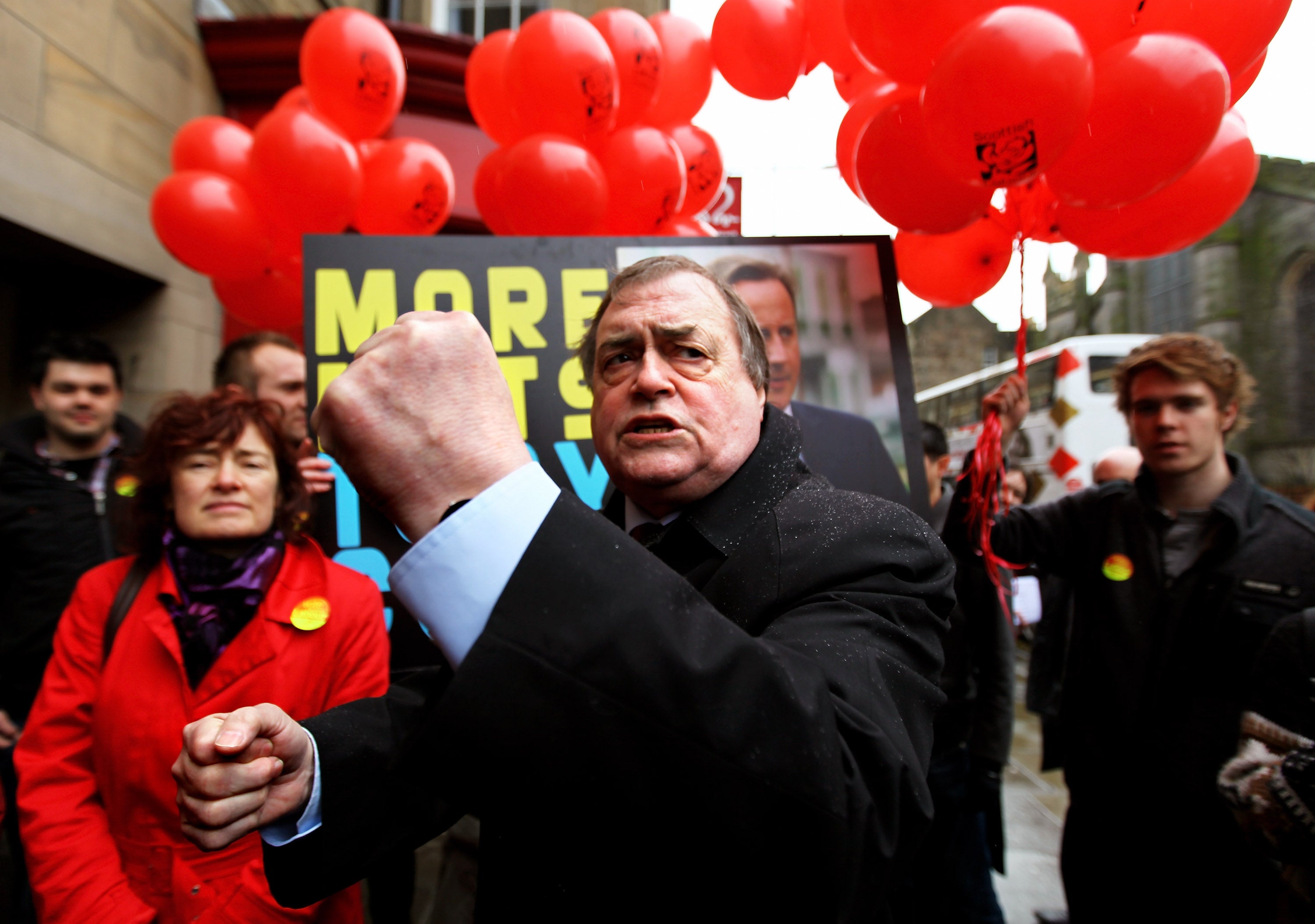
He stood again for the post, vacated by Hattersley in 1992, but lost to Margaret Beckett. Prescott had a good relationship with Kinnock’s successor, John Smith, who supported his plans for job creation. He praised Smith and his office for being straight and shared their distrust of spin-doctors. He felt John Smith’s sudden death in May 1994 keenly. In the contests for the posts of leader and deputy leader he stood against Blair and Beckett, respectively, and was winner in the second. He had the support of Blair and duly assumed the post at the third time of asking.
Prescott was enough of a realist to know that Labour had to change and calculated that Blair was the man to lead the party to victory. Although the two men were not natural soul mates, a mutual respect developed, but not before Prescott exploded when he learnt that Blair and a group of modernisers had met, without informing him, at Chewton Glen in September 1994. Blair promised it would not happen again. He came to realise that Prescott, symbolically and substantively, represented much of the old Labour party he had to carry with him.
Prescott’s support was crucial in carrying through Blair’s reform of Clause IV of the party constitution. But he was not fully signed up to the New Labour project and was furious at Harriet Harman’s decision to send her son to a grammar school in defiance of party policy; he wanted her sacked from the shadow cabinet. He was excluded from Blair’s talks with Paddy Ashdown, the Liberal Democratic leader, about plans for greater co-operation between the two parties. He disapproved of proportional representation for Westminster elections, coalition with the Liberal Democrats or an elected House of Lords. But, to Prescott’s delight, Blair agreed that if Labour formed a government he would have the title of Deputy Prime Minister.
John Prescott knew that Blair’s aides regarded him as an electoral liability with middle England. In the 1997, 2001, and 2005 general election campaigns, he was kept off centre-stage and sent on a battle bus tour of the country.
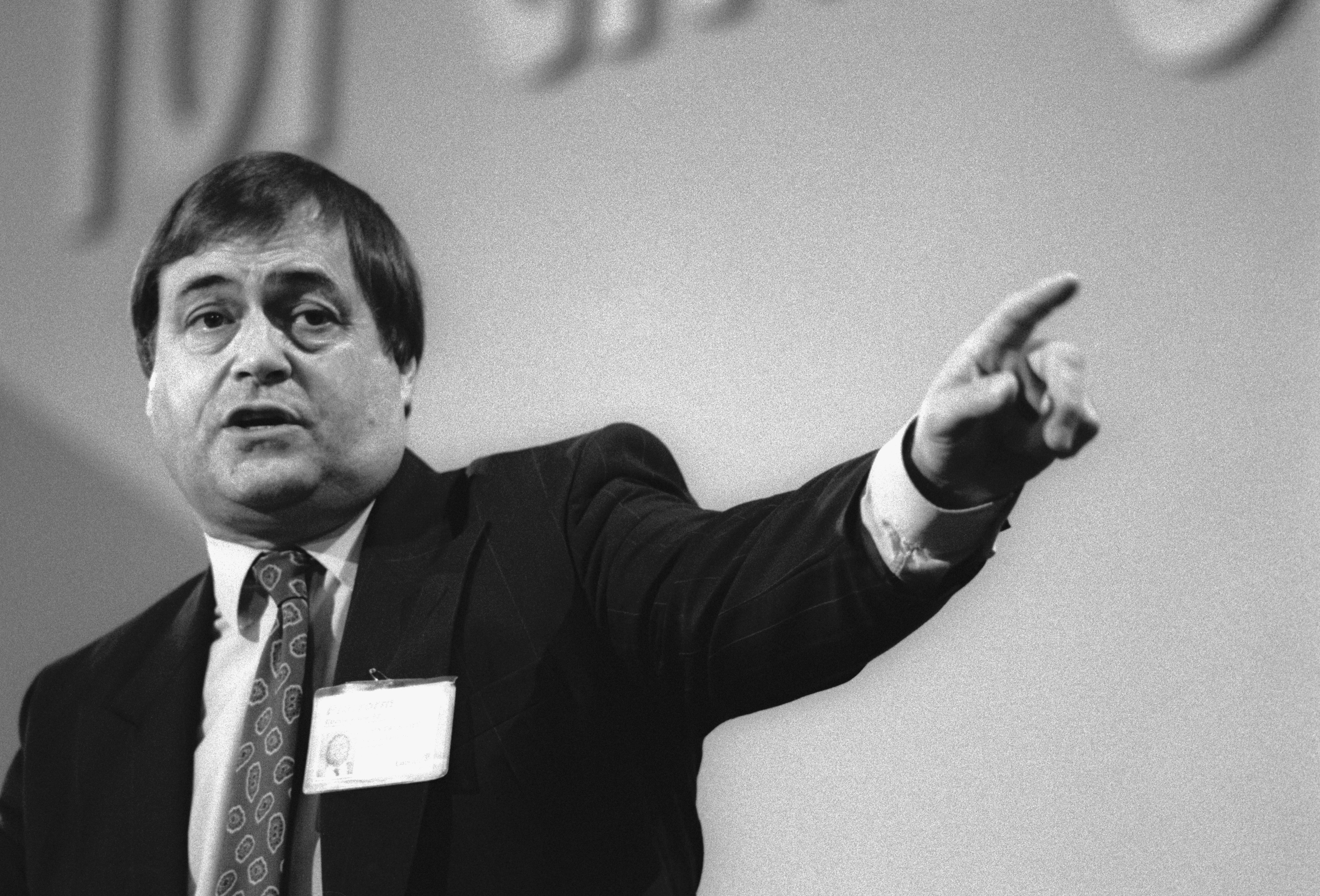
Alongside the post of Deputy Prime Minister – then seen as more of a courtesy title – Prescott took over a newly formed Department of the Environment, Transport and Regions (DETR). Apparently Blair had raised the possibility of the Home Office but Prescott rejected it: He replied to Blair’s comment “I need a strong man at the Home Office” with “Well, go and find one”. His heart was set on transport combined with environment. But there was a large potential for problems because of the wide reach of Gordon Brown who, as Chancellor, effectively decided a large part of the domestic agenda.
It is difficult make the case that Prescott was a successful minister. In the first term neither Blair nor Brown regarded transport as important. However, congestion on rail and road quickly made it a major issue. Prescott’s draft White Paper was heavily re-written in Number 10 which found its proposals for curbing car use too anti-motorist and too pro-”green”. In turn, Prescott fulminated against the “teeny-boppers” in Number 10’s Policy Unit.
In many respects the quality of travel on roads and rail declined during his tenure and the crashes in Paddington (1999) and Hatfield (2000) added to a sense of crisis on the railways. In 1999 the Strategic Rail Authority (SRA) was set up and a new minister to regulate the railways, and Lord (Gus) MacDonald became transport minister and introduced more road-user friendly policies. Prescott exposed himself to ridicule at the 1999 party conference when he used a chauffeur driven car to be transported from his hotel to the Conference floor. His speech contained a passage urging people to make less use of the car and use public transport. He quickly earned the nickname “Two Jags”, although he had only one.
The Cabinet was lukewarm about his proposals for devolution to English regions, and by 2004 a referendum for setting up an elected regional assembly was scheduled only for the North East. Voters rejected the idea by a large majority and regionalism was off the agenda for the foreseeable future. He could point to progress elsewhere, including the creation of Regional Development Agencies and gaining Treasury agreement that money raised from congestion charging would be used to improve public transport.
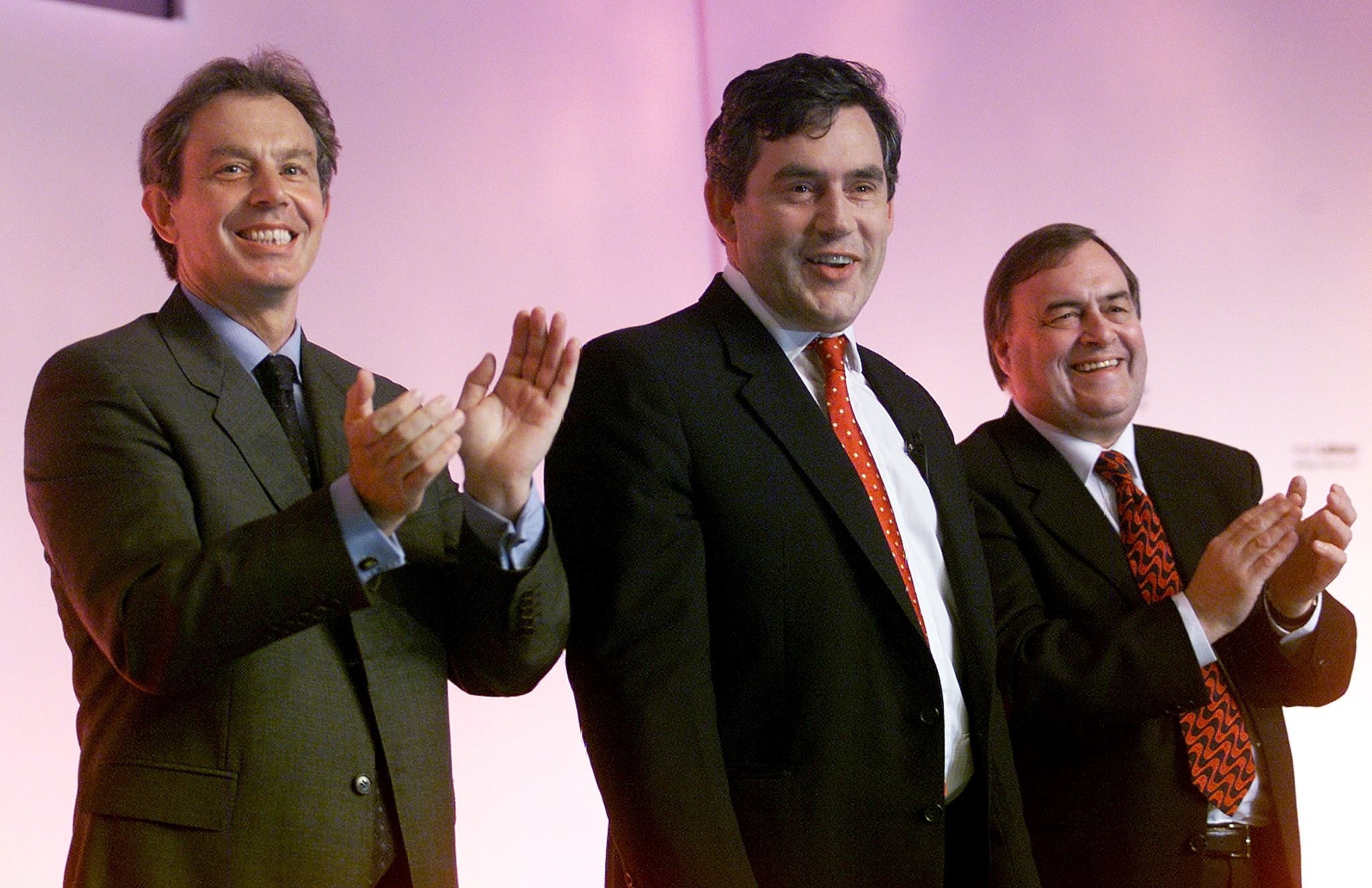
He also gained high marks for his efforts on climate change at the Kyoto Conference, something that gave him the greatest satisfaction of his ministerial career. He renegotiated the contract for the Channel Tunnel railway link. Although it was a sensible idea to try and join up transport, environmental and planning policies, the new department was too unwieldy. By 2004 the SRA was being scrapped and the 10- year plan for integrated transport had been rewritten.
Prescott’s role was increasingly to maintain links between the government and Labour MPs. With Blair his role was of “wait a minute”, asking the prime minister to think again about a radical proposal. Prescott could voice the concerns of the party’s grass roots and had to be handled with care. His relations with Gordon Brown were poor until 2003 and it was under pressure from Brown that the part privatisation of the London Underground was introduced.
In 2001 Prescott moved to the Cabinet Office, as DPM and First Secretary. He chaired six Cabinet committees, including the key one on domestic policy. But it was all rather nebulous and a year later he took charge of local government and the regions. His interest in regionalism meant that he had little sympathy for local government. Giving him a major job was a problem because Blair never considered him for the posts of Foreign Secretary or Chancellor of the Exchequer.
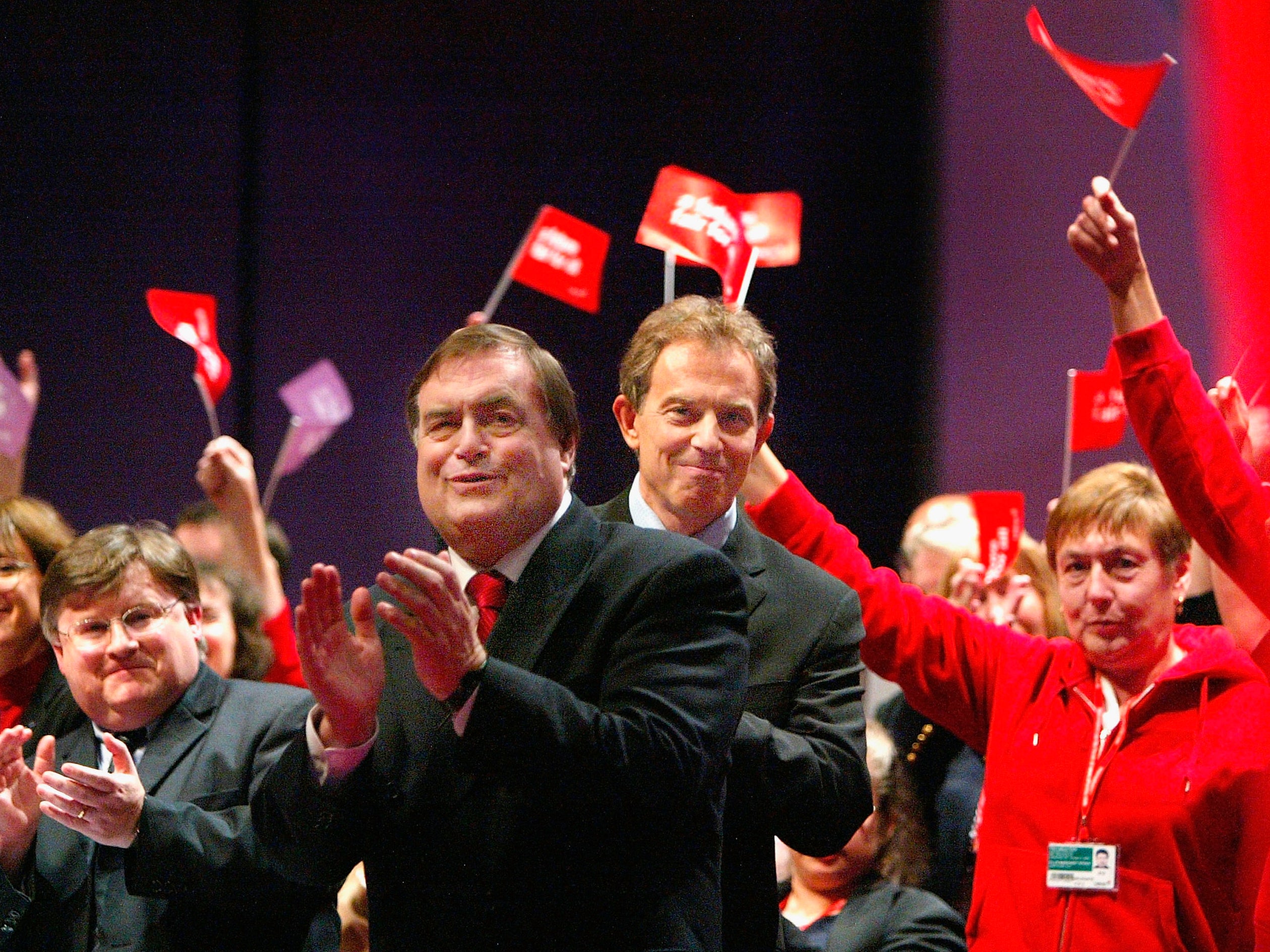
He came to terms with the seemingly inevitable succession to the leadership of Gordon Brown and indeed acted as a broker between Brown and Blair in late 2003 and early 2004, when relations between the two men were poor. In public he was always loyal to Blair – while recognising Brown’s claims to be the next Prime Minister – and was a vigorous opponent of the strike by the Fire Brigades’ Union in 2003.
Although he had successfully resisted Blair’s attempt to scale back his department in 2005 his standing in government fell sharply in his last two years In April 2006, the press took great delight in covering his affair with his diary secretary, Tracey Temple, thanks largely to Ms Temple’s detailed diaries. In a Cabinet reshuffle the next month Blair transferred his duties as minister for communities and local government to Ruth Kelly. He remained in cabinet as Deputy leader of the party and as DPM. He soon gave up his grace and favour manor house Dorneywood following press photographs of him playing croquet on the lawn with his staff on a weekday afternoon. Although he continued to chair a number of cabinet committees, his duties were few. Critics asked what was the point of John Prescott.
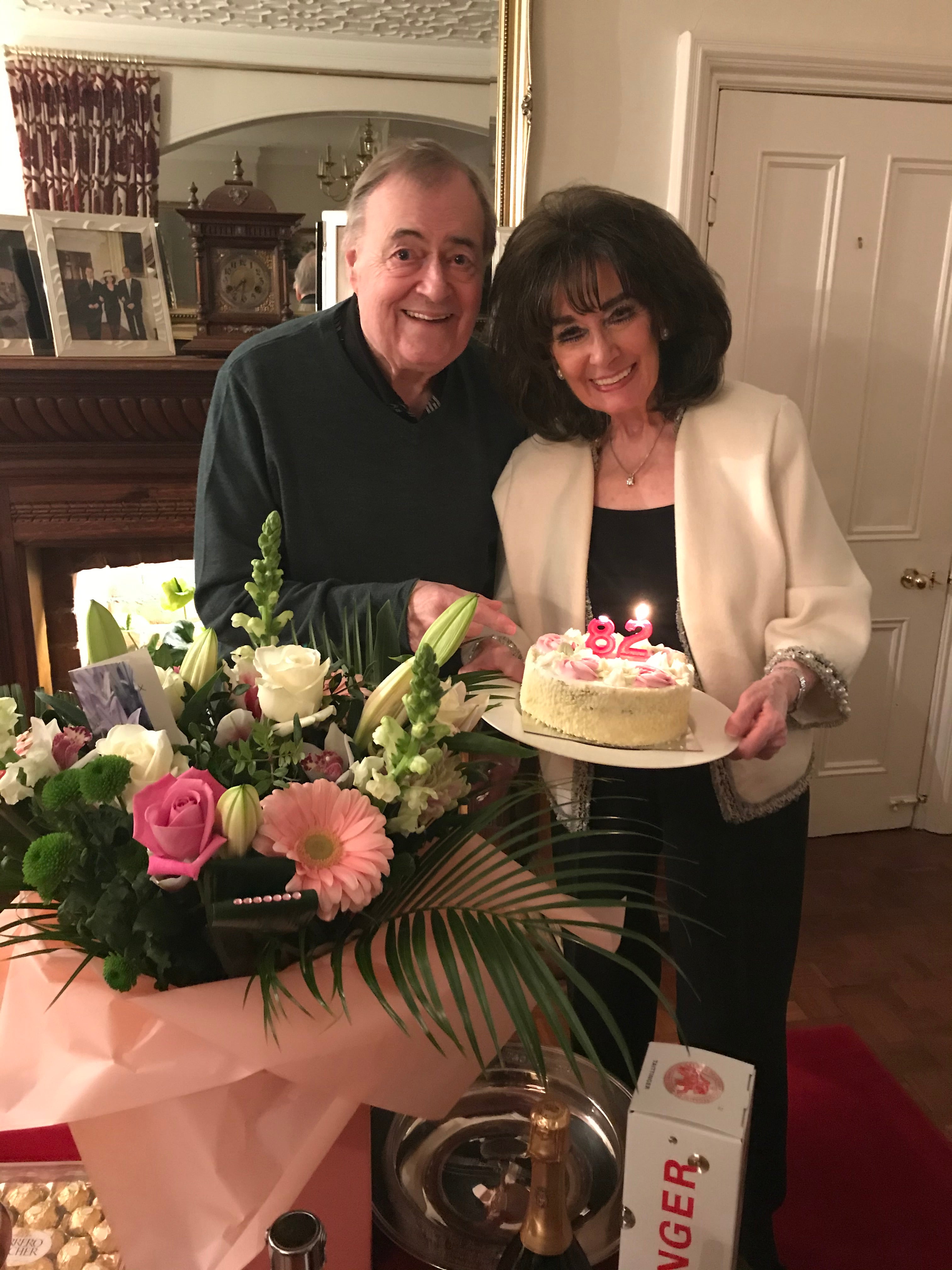
Although his relations with Blair cooled, the prime minister lacked the authority to sack him. Blair feared that such a move might further encourage demands that he step down himself. Prescott’s hopes of being a key figure in the transition from Blair to Brown lay in ruins. He was something of an embarrassment in the last months of the Blair government. With Blair, he stepped down as deputy leader of the party on June 27 2007 and soon announced that he would not stand again for re – election for his Hull seat in 2010. It was announced that he would take over the lead role in the UK representation in the Parliamentary Association of the Council of Europe.
In 2008, the nation saw a different side of Prescott when he and his wife Pauline appeared in a BBC2 series entitled Prescott: The Class System and Me. The documentary was a hit, with Pauline playing the starring role. He went on to make a cameo appearances in Gavin and Stacey and a series entitled Made in Yorkshire.
In 2010, Prescott moved to the Lords and was awarded a life peerage, becoming Baron Prescott, of Kingston upon Hull. He made a brief political comeback as adviser to Ed Miliband in 2015 but this was short lived after Labour lost the election. His final appearance in the Lords was in 2022.
Prescott was never smooth and to the end retained a chip on his shoulder. He was quick to sense put-downs, rightly so when some Conservative MPs shouted out orders for a gin and tonic, teasing him about his earlier days as a waiter on ships. Never entirely at ease with the New Labour personnel, he dismissed some of them after the general election defeat in 1992 as “beautiful people”. He was a tribal Labour politician, disdainful of Conservatives and Liberal Democrats, and once embarrassed one of his senior officials by saying “You’re are one of us”
In Hull he and his wife Pauline lived in a grand 8-bedroomed mansion and drove a Jaguar. He enjoyed jazz and would sometimes be seen at Ronnie Scott’s Jazz Club in Soho. In his later years his health suffered with a stroke in 2019 and a latter battle with Alzheimer’s. His rules for being a good minister were “pure common sense, good political judgement and making sure you know your facts”. Among his many grey colleagues in the Labour Cabinet he added a dash of colour. Above all, he lived and breathed politics.
John Prescott, politician and deputy prime minister, born 31 May 1938, died aged 86.




Leave a Comment